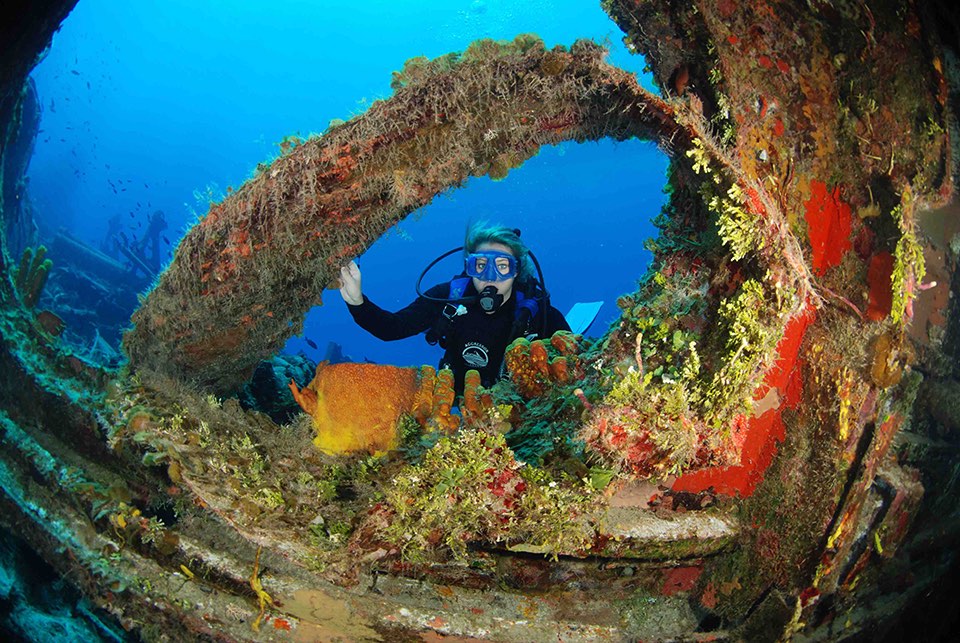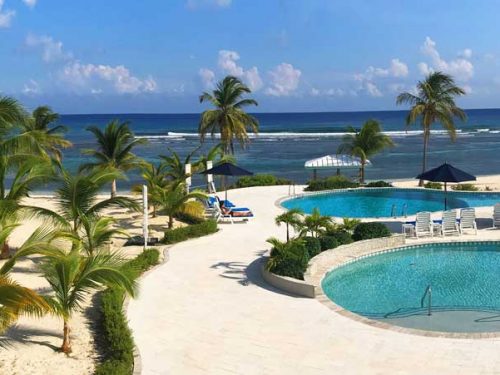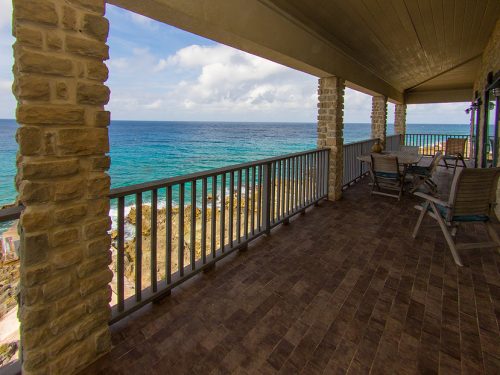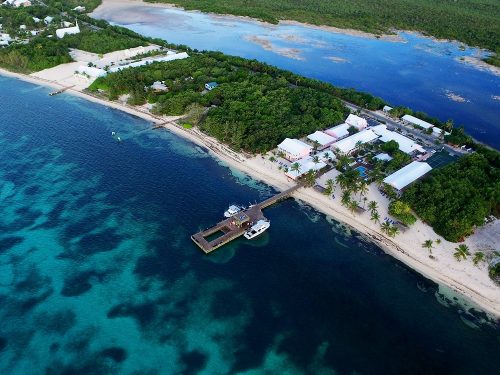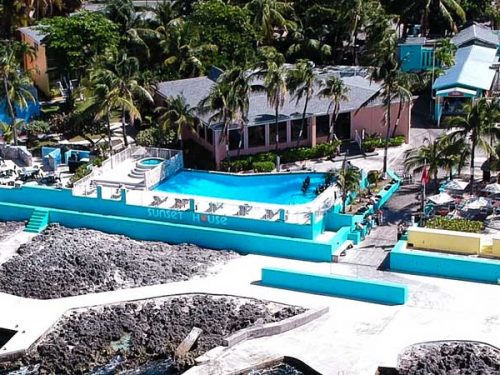For those wishing to dive the incredible Cayman Islands, Grand Cayman is the place to start. As the largest of the three islands, and home to the Owen Roberts International Airport in the capital of George Town, it receives numerous flights from Canada, the US, and various Caribbean islands every week. From there, your options are nearly endless. For those looking for a little adventure, and who are willing to get off the beaten trail, you can step aboard an island hopper flight and be whisked off to either Little Cayman or Cayman Brac. Or, you can experience the ultimate dive vacation aboard the Cayman Aggressor, which provides one week liveaboard trips to multiple dive sites in the area.
In your off-time there are nature reserves and turtle farms to explore, as well as numerous opportunities for hiking, bird watching, or simply recharging your batteries on the islands’ many beaches. Because of the Caymans’ proximity to the equator, you’ll enjoy warm breezes and sunshine throughout most of the year. And while the stretch from May through October is the region’s rainy period, with hurricane season spanning July through mid-November, temperatures in the Cayman Islands hold steady at an attractive 25-29oC (77-84oF). Great visibility, a fantastic selection of diverse marine life and no shortage of topside activities, all make for a wonderful vacation when you dive in the Cayman Islands.
Grand Cayman
Surrounded on all four sides by the Grand Cayman wall, the main island gives divers access to 159 world class dive sites, without the hassle of embarking on an extra flight. Large numbers of dive operators provide guided boat tours of the best locations, as well as instructional courses and underwater photography tours. Although there are a few notable dive points situated off the East End of Grand Cayman, the real diving experiences are located near the infamous Seven Mile Beach in the west. For more experienced divers, there are some deep-water sites that should not go unseen.Notably, Sand Chute offers gorgeous panoramas of a sandy slope that resembles a ski hill littered with “moguls” of hogfish mounds, while the sunken USS Kittiwake, now an incredible artificial reef resting on a sandy bottom in just 20 meters of water, invites divers to explore its 76 meter interior. And although water clarity is sometimes slightly compromised in shallower areas due to high traffic volume, beginners can enjoy accessible shore diving on some great coral reefs where there is little to no current.
The northern side of Grand Cayman island is comprised of a string of beautiful wall diving sites along the 1800 meter deep North Wall, where you’re sure to encounter spotted eagle rays and sea turtles. The mini-wall reef along this coast creates a unique and diverse environment where divers can swim among sea sponges and lush coral, as well as countless species of sea life. Due to the distance offshore, the dives in this region tend to be deeper and therefore not ideal for beginners, but they do make excellent second or third dives. Finally, be sure to stop by Stingray City, the world renowned shallow dive tourist attraction where all levels of divers can get up close and personal with the hordes of southern stingrays.
Little Cayman
The aptly-named and sparsely populated Little Cayman is the closest island to Grand Cayman. Spanning only 16 square kilometers, this little slice of paradise is home to both a nature reserve for red-footed boobies, and a marine park. Known for its pristine beaches and abundant wildlife, Little Cayman is a great place to get away from the hustle and bustle of tourists. But this is more than just any picnic location. Little Cayman has become famous for the phenomenal diving found along its westward-facing coasts. The Bus Stop offers the unique experience of plunging down a sand tunnel into over 60 meters of dark blue water, while the Great Wall features several almost vertical sites along the length of its sheer ridge. Little Cayman’s reefs are home to a wide range of marine life, so be sure to keep an eye out for the schools of Nassau groupers, jellyfish, and pipehorses, as well as the sharks and sea turtles that inhabit the area. But as the island’s undisputable show-stopper, and voted by most as the best diving area in the Caymans, Bloody Bay Marine Park boasts a breathtaking coral wall that reaches a depth of almost 2000 meters. Unparalleled visibility and abundant reef life mean divers can expect unforgettable encounters with the eagle rays, lobsters, turtles and triggerfish that navigate the forests of giant fans and bioluminescent coral.
Cayman Brac
As Little Cayman’s slightly larger neighbour, the dramatic terrain of Cayman Brac is home to only about 2,500 friendly locals, who welcome tourists and divers alike. While many divers choose to stay at one of the local hotels that are scattered around the island, or at the Brac Reef Beach Resort, you can also consider renting a private villa or condo for the duration of your stay. In contrast to the warm welcome and quaint accommodation, the island of Cayman Brac features soaring limestone cliffs that plunge straight into the crystal clear water below. These impressive vistas make for some very unique wall dive locations, including the breathtaking Anchor Wall, and Orange Canyon. Sites situated near the cliffs often have phenomenal drops, as well as numerous tunnels and caves burrowed into the soft limestone. The shallower sites on the north western side of the island, such as East Chute and Kissame, offer outstanding dives to the shipwrecks that litter the coastline. Water clarity here is typically Cayman-clear, ranging from 18–30 meters (60-100 feet) or more, and the sandy ocean floor rarely reaches depths of more than 25 meters. With its labyrinth of limestone tunnels, and its appealing mix of reef, wreck, and wall diving that’s suitable for divers of all levels, Cayman Brac does not disappoint.


